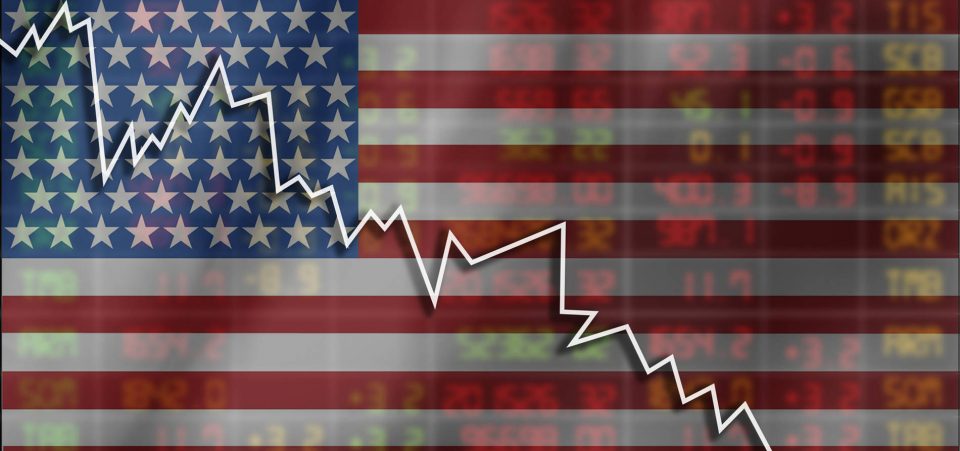Growth Downgrade Comes Amid Mixed Economic Signals
The U.S. economy may expand at a 2.3% annualized growth in the fourth quarter on lower consumer spending and overall investments, the Atlanta Federal Reserve’s “GDPNow” forecast model showed.
The latest fourth-quarter gross domestic product (GDP) estimate was lower than the 2.7% increase calculated on Monday, the Atlanta Fed said on its website. Forecasts for fourth-quarter growth rates of real consumer spending and real non-residential equipment investment dropped to 2.1% from 2.4%, and to 2.7% from 4.3%, respectively. (Source: “GDPNow Latest forecast: 2.3 percent — November 1, 2016,” Federal Reserve Bank of Atlanta, November 1, 2016.)
This forecast from a U.S. regional bank comes amid mixed signals on the U.S. economic front. While the world’s largest economy has been experiencing robust job growth, its housing and manufacturing sectors are still showing a weak performance. The Atlanta Fed’s forecasts for growth rates for real residential investment and real non-residential structures investment fell from 3.2% to 2.2%, and 0.5% to -0.7%, respectively.
This uneven growth trajectory is behind the U.S. Federal Reserve’s hesitance to increase interest rates. The Fed, in its most recent communications, signaled that it may start raising rates from December if job and inflation outlooks point to a stronger U.S. economic growth. The monthly jobs report, which will be released this Friday, will get even more attention as the Federal Reserve nears the expected interest rate hike in December.
The Atlanta Fed’s downgrade on GDP in the fourth quarter followed data that was released on Tuesday about domestic factory activity from the Institute for Supply Management and construction spending from the Commerce Department. Personal consumption, a key indicator of U.S. economic strength, which measures how much Americans spend on everything from airfare to autos, rose 0.5% in September from a month earlier.
Consumer spending accounts for about two-thirds of total output in the U.S. and household outlays have been the main driver of economic growth throughout most of the expansion. But Americans have appeared more cautious in recent months amid declining confidence in the economy.
ISM’s U.S. manufacturing index rose 51.9 in October, suggesting expansion in the factory sector, but construction spending fell 0.4 percent in September.






